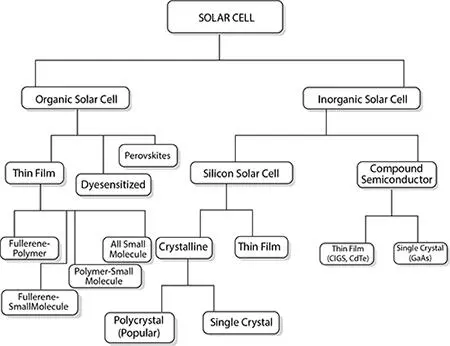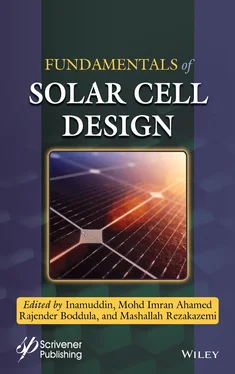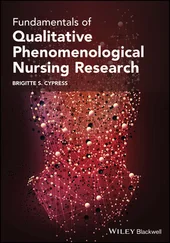Wind energy is renewable, land around turbine may be used for agriculture, and, further, newer technologies may provide better ways of converting wind energy. There are certain limitations in the wind energy conversion like: unreliable wind source, low production of electricity, higher capital cost, environmental damages, and higher level of noise production. Coal energy is also in practice in some countries and they may be continued, but there are disadvantages like carbon-dioxide production, environmental pollution due to coal burn waste accumulation, and problems associated with coal mining. Fossil fuels are also in practice for generating electricity in some countries, because they are inexpensive, portable, and easily burnt. Limitations to fossil fuels are nonrenewable source, emissions due to burning, and global warming. Geothermal energy is a base load energy source, safer than fossil fuels, and globally sustainable. Disadvantages of this geothermal energy are contamination of unwanted trace elements, localized depletion of energy, and energy imbalance leading to geological instability. Hydrothermal energy for the production of electricity is also in practice in some countries, which has advantages like controlled way of electricity production, ease of water pooling in dams, and utilization of water released after electricity production for irrigation/agriculture. Other disadvantages are higher capital costs, ecological and environmental disturbance, possible wreckage of dams leading to flooding, and hostilities arising due to improper sharing of water. Nuclear energy is another form of energy that can be utilized for generating electricity and is practiced in some countries. It is relatively a clean energy, most concentrated energy and does not require big places/areas. The disadvantage is potential accidental hazards due to control deficiencies, management failures, and possible leaks (nuclear fission process).
Energy from SUN is the most abundant form of renewable energy reaching the earth and is known as Solar Energy. Radiant light and heat emanating from SUN and reaching the earth can be utilized for various purposes. Solar energy is renewable, clean, and green and is a secured type of energy reaching earth 200,000 times more than the electrical energy generated in a day on the earth. Earth receives 174 peta Watts of sun radiation, in the form of 8% UV radiation, 46% visible light, and 46% infrared radiations, and is absorbed by earth atmosphere, oceans, and land mass. Because of the clean, green, and abundant renewable energy coming from sun is found to be more attractive for the researchers to work on the conversion of light energy in to electricity; presently, this has become a globally attractive and potential research domain to devise solar energy trapping units in to usable form of electricity, which can serve global energy requirements. Solar cell or photovoltaic (PV) cell is a device or unit which converts light in to electricity and globally research scientists are making all out efforts to prepare an efficient solar cell with an excellent photo-conversion efficiency, such that it can be developed as viable technology for society. Silicon solar cells are already in the hands of citizens/public having ~26% efficiency with some limitations, and this situation placed research on organic solar cells the most demanding and desirable field.
1.2 Classification of Solar Cells
The possible classification of solar cells is given in Figure 1.1. Among the many ( Figure 1.1), organic solar cells attracted rigorous attention because of various advantages like simple preparation of organic solar materials, light weight (low density), low cost, flexibility of the PV modules, semitransparency, easy integration in to other products, low environmental impact, easy adoption of printing technology, and large area of fabrication.

Figure 1.1 Classification of solar cells.
Thin film solar cells are further put in to four categories. The two categories involving fullerenes have found limitations in due course of research investigations, although research was conducted on fullerene-based OSC over two decades. The other two categories, non-fullerene polymer smallmolecule and non-fullerene all small-molecule OSC, based on present scenario, are intensively investigated. Therefore, this chapter will be focused only on these two non-fullerene–based polymer-small-molecule and all small-molecule OSC.
Fundamental steps occurring in a schematic representation of a typical solar cell device and its functioning are schematically provided in Figures 1.2and 1.3. (a) Typical OSC devices based on donor-acceptor in bulk hetero-junction configuration, another way it is the sandwich of active organic blend material in between anode and cathode electrodes with light absorbing property. (b) Donor-acceptor hetero-junction solar cells with basic steps involved: 1) Photo-excitation of the donor-acceptor blend to generate an exciton/excited state [radicalanion/electron–radicalcation/ hole pair bound by ionic and radical (Coulomb) interactions]. 2) Exciton/ excited state diffusion to the donor-acceptor interface. Excitons/excited states that do not reach the inter-face, they recombine and do not contribute to the photocurrent (longer diffusion length, L D). 3) Dissociation of bound excitons at the donor-acceptor interface to form a geminate radical-anion (electron)–radical-cation (hole) pair [increased interfacial charge separation requires optimal energy offset between LUMO (lowest unoccupied molecular orbital) of the donor and LUMO of the acceptor material]. 4) Free charge carrier transport and collection at the external electrodes (require high charge-carrier mobility). (c) Fundamental processes (light illumination, exciton formation, charge separation, charge migration, and charge collection) of bulk-heterojunction solar cells (p = donor material, n = acceptor material).

Figure 1.2 Typical solar cell.

Figure 1.3 Possible events present in BHJOSCs.
1.4 Photovoltaic Parameters or Terminology Used in BHJOSCs
1.4.1 Open-Circuit Voltage Voc
The voltage at which no current flows through a solar cell is called open circuit voltage Voc and it is the maximum voltage available from solar cell. Several studies have demonstrated a strong dependence of Voc on the energy difference ΔE between the HOMO (highest occupied molecular orbital) of donor material and LUMO of acceptor material of an organic solar cell.
1.4.2 Short-Circuit Current Jsc
For V = 0, only the short-circuit current (Jsc) flows through the solar cell. Jsc represents the maximum current that could be obtained in a solar cell. This current depends on the number of absorbed photons, surface area of the photo active layer, device thickness, and charge transport properties of active material, which play important role.
1.4.3 Incident-Photon-to-Current Efficiency (IPCE)
The incident-photon-to-current efficiency is defined as the ratio of the number of incident photons N photonand the number of photo induced charge carriers N chargewhich can be extracted out of the solar cell.
Читать дальше















